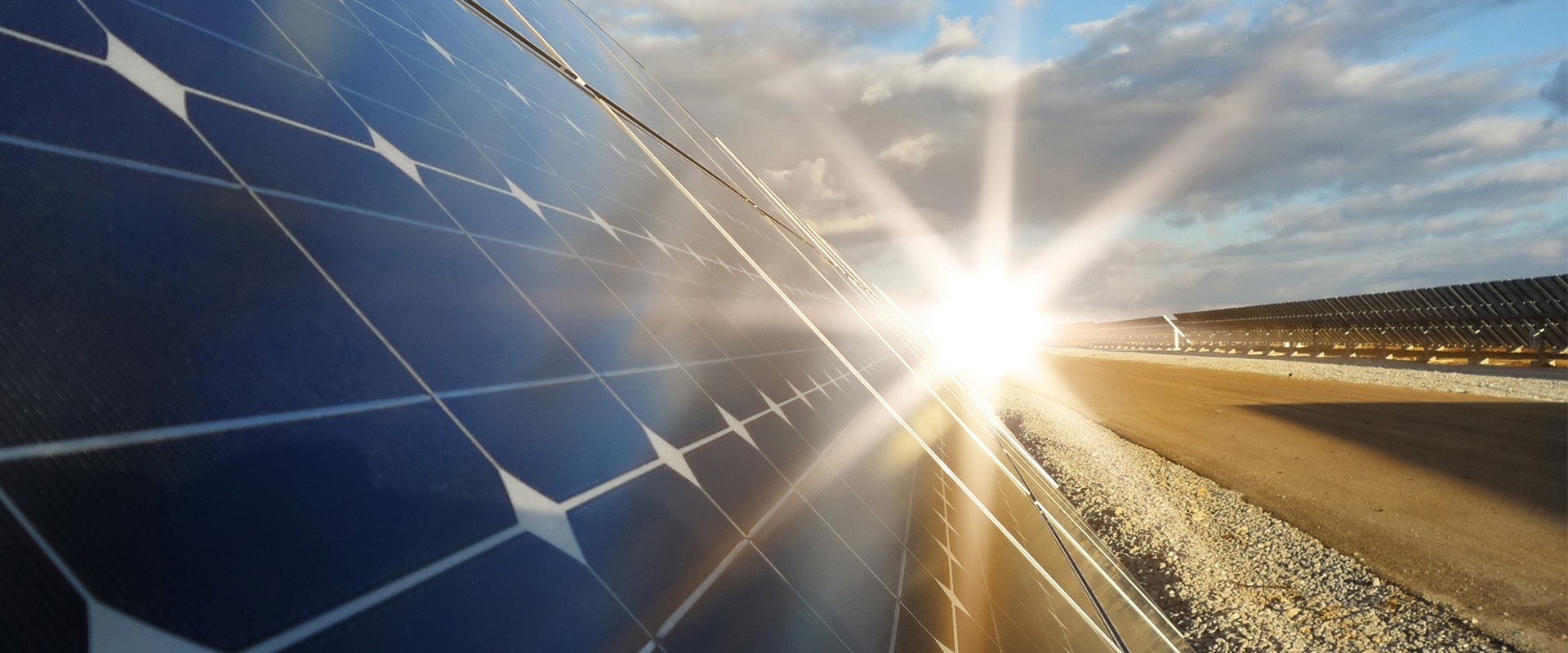
Look Forward to How the Energy Transition Momentum Is Building
- Article

With decarbonisation now a top boardroom priority and a major investment focus, creating a strategy that takes account of the complexities the energy transition brings is a commercial priority. L.E.K. Consulting partner Rebecca Scottorn takes stock of our recent global Energy Transition Study and looks forward to the energy transition trends to watch out for in 2024.
Building a clear picture of current energy transition (ET) dynamics in the industry is an important priority for us here at L.E.K. Now in its fifth year, our proprietary study plays an important role in informing our views and fueling key quantitative and qualitative measures that can be shared with our clients.
Our 2023 study focused on ET and decarbonisation trends facing the energy industry, highlighting how perspectives have shifted since the last study in 2022. This year, we added more perspectives from non-exploration and production companies, including utilities, renewables companies and investors, to help build an even broader picture. The scope of the 2023 survey is also more global, with more focus on Europe and Australia as well as the US.
During July and August of 2023, we canvassed 300 experienced energy executives from significant companies, and complemented these survey results with over 20 roundtable discussions with senior-level contacts, all with an interest or specialism in the energy transition. We focused on building an understanding of how capital is being allocated, the impact of the macro environment, and what ET means for organisational and investment models.
The role of energy players in the ET is evolving, with a challenging macroeconomic environment and energy security concerns driving a more cautious approach for some players.
Many have refocused on their core operations and are focusing on decarbonising current operations, with some challenges in investment in emerging technologies. This has been driven by high interest rates, energy security concerns and strong demand for traditional hydrocarbons.
A refocus on oil and gas (O&G) assets is leading to more interest in decarbonising the hydrocarbons. O&G companies have prioritised reducing emissions, increasing energy efficiency and more accurately measuring their carbon footprint (see Figure 1).
Long-term tech viability and near-term economics are driving ET investment allocation. Investment in the ET is driven primarily by technological advancements and improving economics; policy tailwinds and investor focus remain secondary drivers.
Strategies differ in how to participate within the ET; the O&G industry is still defining (or redefining) its role in this. Across company segments, solar and wind energy, energy storage systems (ESS), and carbon capture and sequestration (CCS) are currently the top ET investment areas.
Among O&G firms, major players are expected to lead, with CCS a top investment area. While majors are likely to pioneer investment in the ET, firms across the O&G landscape are expected to increase ET/environmental, social and governance spend, with CCS being the top investment area across all O&G company types Add: (see Figure 2).
Utility companies are focused on the decarbonisation of core operations and are expanding rapidly into adjacent areas. They plan to invest primarily in expanding their renewable generating assets for solar, wind and ESS, as well as electric vehicle infrastructure.
Rising interest rates, mixed returns and stronger O&G commodity fundamentals have driven a more cautious approach to ET investment, with executives telling us that investing in renewables in the current economic environment is far from easy. Many are now focusing on equipment and solutions that can be repurposed to support the ET. Using existing infrastructure was a key theme at a recent FT Energy Transition Summit that we attended.
The outlook for renewables varies by segment and region — the fundamentals for solar and wind remain strong but continue to be affected by policy and funding decisions. Solar companies are looking to adjacent opportunities such as energy storage and onshore wind.
Wind continues to grow, with marked regional differences on offshore vs onshore focus. In the US, investment in onshore wind projects continues to grow, benefiting from policy-based incentives in a similar way to solar development. Market sentiment is more mixed on offshore wind in the short term due to profitability concerns.
The hydrogen market remains in evolution. Uptake is slower than with other renewables solutions, and while many have stated an interest in the potential of hydrogen technology, clear winners have yet to emerge. The outlook for hydrogen is less certain, though there is near-term revenue going into ensuring infrastructure is “hydrogen ready”.
Overall, it seems that the scale of the complexity required to address the ET is becoming clear to the industry stakeholders. Progress is being made, but with shifts in priorities. Focusing on near-term decarbonisation efforts presents opportunities for the value chain participants to position themselves as key enablers of the ET.

L.E.K. Consulting is a registered trademark of L.E.K. Consulting. All other products and brands mentioned in this document are properties of their respective owners. © 2023 L.E.K. Consulting